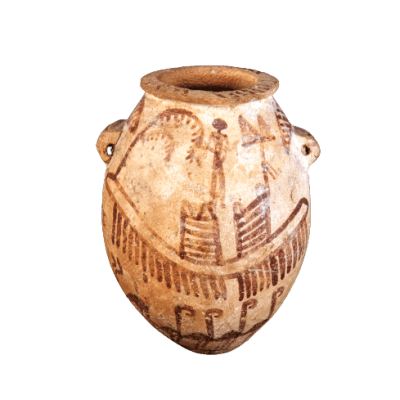
5500 - 3100 B.C.
The Predynastic Period
This represents a long and extended period in ancient Egyptian history, starting from Paleolithic times until the end of the Neolithic Period. This refers to the phase before the emergence of writing in Egypt, which appears at the end of the Neolithic period at c. 3100 BC. During this period, many cultural groups appeared along the Nile Valley (Bhutto, Maadi, Maramadah, Badari, Fayoum, and Naqada I, II, and III. These cultural groups were named after their site of origin. We have obtained a significant amount of information about this period via excavations at cemeteries, and discoveries of statues and stone tools.

5500 - 3100 B.C.
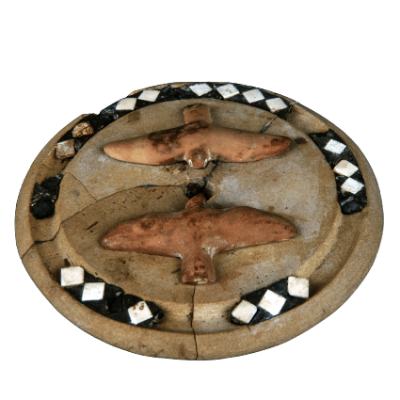
3100 - 2686 B.C.
The Archaic Period
The First and Second Dynasties
This period encompasses the First and Second Dynasties, and it is known as the beginning of recorded history. The commencement of this period followed the unification between northern and southern Egypt at the beginning of the First Dynasty when Egypt became a unified state with Memphis as its capital. King Narmer and King Khaa Sakhmoy are the most famous Kings in this period, and the most famous places that include the ruins of this period are the cemeteries of Helwan, Saqqara, Atfih and Abydos.

3100 - 2686 B.C.
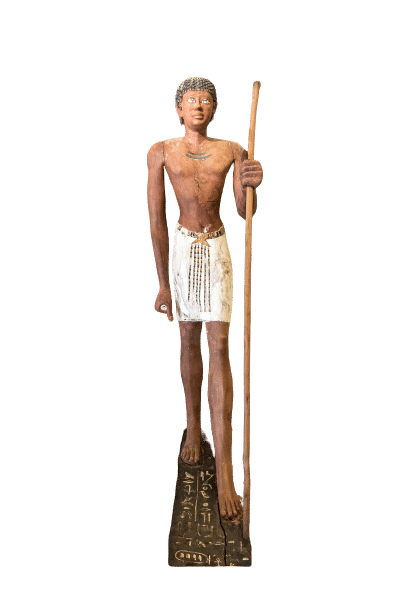
2686 - 2181 B.C.
The Old Kingdom
The old Kingdom (pyramids builders period) due to the pyramids built by the kings of this period, the old Kingdom extends from the Third Dynasty to the Sixth Dynasty and the beginning was with King Djoser, where the first stone pyramid was built by the architect Imhotep, and after him, the engineers of King Senefru (the fourth family) carried out several experiments until they build the first complete pyramid in Dahshur (the Red Pyramid), then followed by the famous Giza pyramids and the Great Sphinx statue. As was distinguished by architecture the art in the Old Kingdom, had a great share, statues of kings, private statues, and tomb inscriptions dating back to that period

2686 - 2181 B.C.
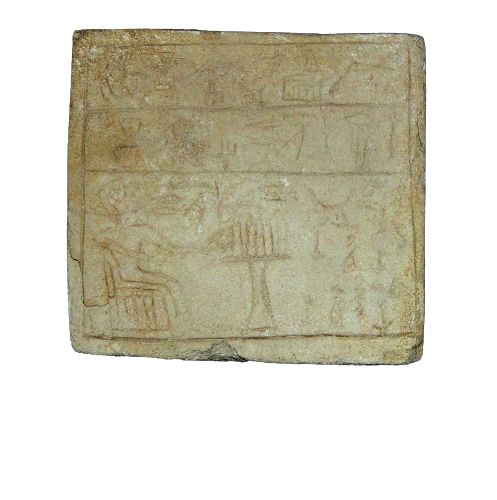
2181 - 2055 B.C.
First Intermediate Period
The first Intermediate, the name was given by Egyptologists to the period between the Old Kingdom and the Middle Kingdom (2055: 2181 BC). This is the period during which political disintegration and social disintegration prevailed, and the country returned to the division and decentralization it was before the unity, as a result of the weakness of the kings of the Sixth Dynasty and the increase in the influence and power of the provincial rulers, which led to the occurrence of civil wars and a decline in the political and economic conditions.
At the end of the Period, Egypt was ruled by the ninth and tenth dynasties, based in Herakleopolis (present-day Ihnasia al-Madina). But they were not strong enough to hold on and control; until a new dynasty arose in Thebes (Luxor), under the rule of a new king, who reunited the country once again, namely, King Mentuhotep Nebhepetre Ra from the eleventh dynasty.

2181 - 2055 B.C.
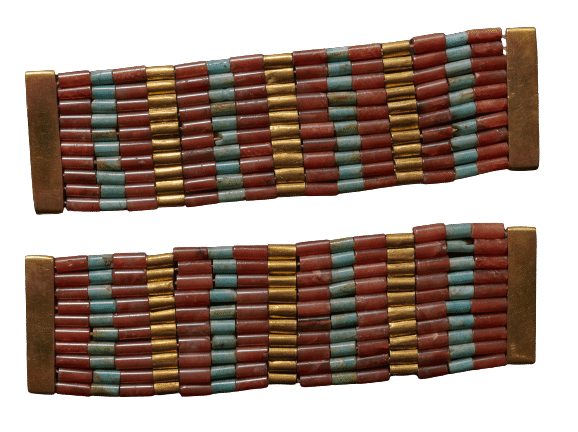
2055 - 1650 B.C.
Middle Kingdom
One of the most brilliant periods of Ancient Egypt, which began with the Eleventh Dynasty until the Thirteenth Dynasty, and its beginning was with the success of the king (Mentuhotep Nebheptre Ra) in unifying the country after the anarchy state, which was known as the first intermediate period.
The beginning of the Eleventh Dynasty was from Thebes (Luxor). Then the kings of the Twelfth Dynasty moved the capital to the Lisht north of Fayoum.
The Middle Kingdom contributed to various aspects of ancient Egyptian civilization, as it established the authority of the central government, its kings sent mining missions and encouraged trade trips. And they carried out huge agricultural projects in the Fayoum in middle Egypt. The Middle Kingdom contributed greatly to ancient Egyptian language and literature.

2055 - 1650 B.C.

1650 - 1550 B.C.
Second Intermediate Period
The Second Intermediate, the name was given by Egyptologists to the period between the Middle Kingdom and the modern state (1550: 1650 BC). During this period of weakness, chaos, and ambiguity, the country fell into the hands of the Hyksos, as they began to infiltrate from the northeast of the country and settled in the northeast of the delta, and during the Thirteenth Dynasty the capital was moved from It Tawy to the north to Thebes (Luxor) in Upper Egypt, then After that, the Hyksos were able to penetrate and enter the country during the fifteen dynasty founding their capital in Awaris (Tell el- Dab'a), and during the subsequent period of time, the Egyptians, especially during the seventeenth dynasty, strengthened their military forces until Ahmose succeeded in retrieving the land from the Hyksos and was able to enter Avaris and expel the Hyksos from Country.

1650 - 1550 B.C.
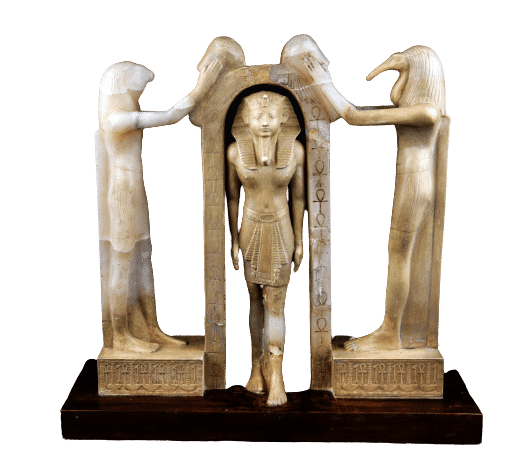
1550- 1069 B.C.
The New Kingdom Period
This era is known as the period of the Egyptian Empire, Egypt witnessed during this period a boom in all fields in arts and architecture and expanded its borders and extended it to the fourth cataract in the south and to the Levant in the north. Its beginning was with the victory of King Ahmose over the Hyksos and expelling them from Egypt. Among its most famous kings (Thutmose III - Hatshepsut - Akhenaten - Tutankhamun - Ramses II), its monuments varied between temples (Luxor Temple - Karnak Temple - Hatshepsut Temple in Deir al-Bahri), the valley of the Kings and valley of the Queens tombs.

1550- 1069 B.C.
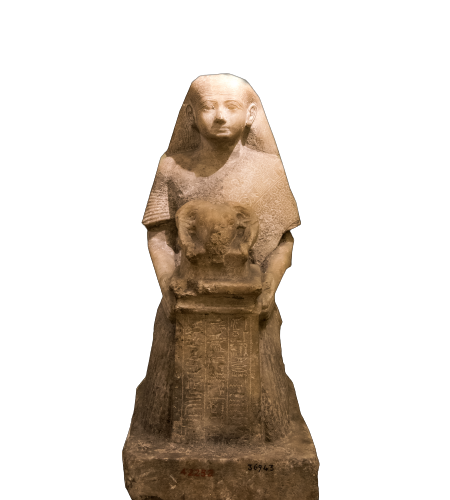
1069 -747 B.C.
Third Intermediate Period
The name was given by Egyptologists to the period between the New kingdom and the late Period (1069: 747 BC)
The Third Intermediate Period was generally known as a period of decentralization and weakness. Although the reign of these kings who made up the twenty-first dynasty (1069: 945 BC) was recognized throughout the country, Upper Egypt came under independent rule in the hands of the High Priest of Amun in Luxor, at a time when the priests of God Amun became they are the highest authority in the country.

1069 -747 B.C.
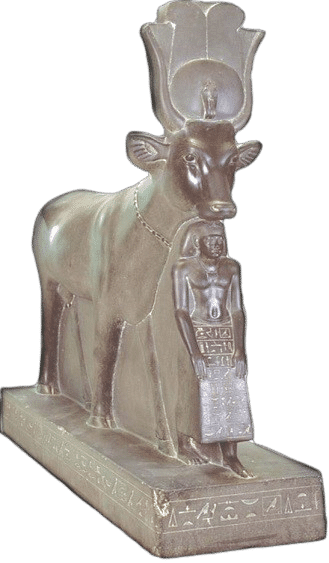
747 - 332 B.C.
Late Period
The Late Period is the last of the Egyptian ruling dynasties, and it is noted that the country continued in a state of disintegration, division and weakness throughout the Libyan rule until the end of the twenty-fourth dynasty. But the prince (Psamtik), the prince of Sayis, took advantage of the opportunity to plunge Assyria into conflict with Babylon and was able to expel the Assyrian garrison in Egypt, then he returned to Egypt and Subjugate the rulers of the provinces, and declared himself king of the country in 663 BC, establishing the Twenty-Sixth Dynasty, which distinguished as The era of reform and renaissance. The Sawi kings faced a new threat from the Persian Empire, at the hands of the Persian king Cambyses, and the twenty-seventh family was composed of Persian rulers, but the Egyptians wanted independence and rebelled against Persian rule when they had the opportunity. As for the twenty-eighth and twenty-ninth dynasties, they witnessed a frequent change of rulers. During the Thirtieth Dynasty, although it was relatively strong, at the end of its reign, it was unable to withstand the second Persian invasion, and King Nechtenabo II is considered the last national king of Egypt

747 - 332 B.C.
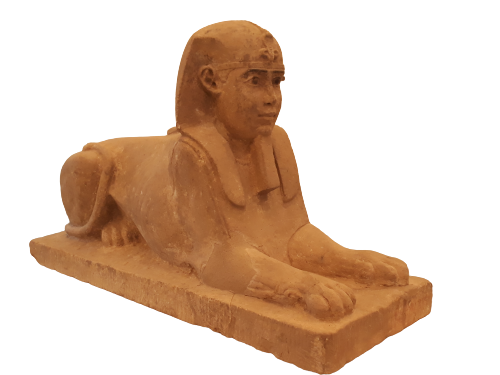
332 - 30 B.C.
Ptolemaic Period
Alexander the Great entered Egypt peacefully without resistance, and Egypt entered with him a new civilized stage. He made a journey to the oasis of Siwa and declared that he was the son of the god Amun, then he ordered the construction of the city of Alexandria, and after Alexander’s death his general Ptolemy I (the Savior) founds the Ptolemaic Dynasty in Egypt and declared himself King and Alexandria as the capital. The Ptolemies adopt Egyptian royal traditions and have themselves portrayed on public monuments in Egyptian style
the Hellenistic style was manifested in monuments and architecture as the Alexandria library and the Alexandria lighthouse and despite the turmoil in the country, this culture continued for several centuries until the death of Queen Cleopatra VII in 30 BC.

332 - 30 B.C.
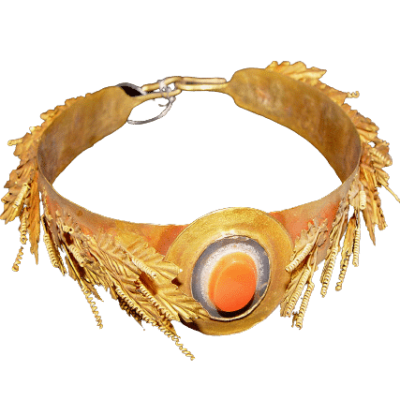
30 B.C. - 395 A.D
Roman Period
After Octavian (the future emperor Augustus) defeats Mark Antony and Cleopatra in the battle of Actium, Egypt became a province of Rome. The wealthiest of the provinces, Egypt has soon denominated the ‘breadbasket of the empire’ for providing Rome’s supply of grain. Alexandria, with its library and its community of writers, philosophers, and scientists, gains fame as a great city. Egypt’s ancient culture and its religion inspired the world during this period even the worship of the goddess Isis, which spread throughout the Roman capital

30 B.C. - 395 A.D
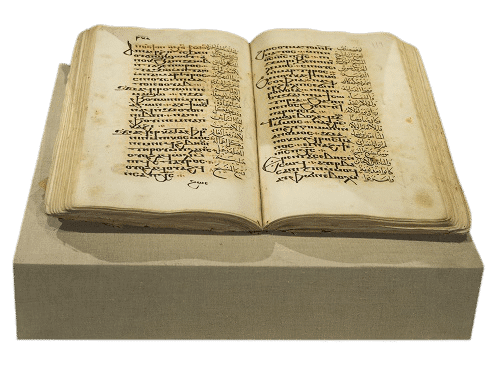
330 -641 A.D
Byzantine Period (Coptic Period)
The late period of Roman rule in Egypt Known as (the Byzantine or Coptic period) began from the reign of the Roman Emperor Diocletian in 284 AD until the Arabs entered Egypt in 641 AD. Egyptian Christians suffered from the intensity of persecutions during the reign of Emperor Diocletian. The Copts began their calendar (calendar of martyrs) from the year Diocletian's accession to the throne, although his persecution of them did not begin until the year 303 AD. In the year 313 AD, Emperor Constantine I, who ruled the Western Roman Empire, issued the Edict of Milan, in which he equated Christianity with the rest of the religions. And after the defeat of Licinius, ruler of the Eastern Roman Empire at the hands of Constantine I, in 324 AD. Constantine, I became the only emperor of the Roman Empire and transferred the headquarters to the new capital, Constantinople in 330 ADS, after its foundation. He converted to Christianity a year before his death and so he is considered the first Roman emperor to convert to Christianity

330 -641 A.D
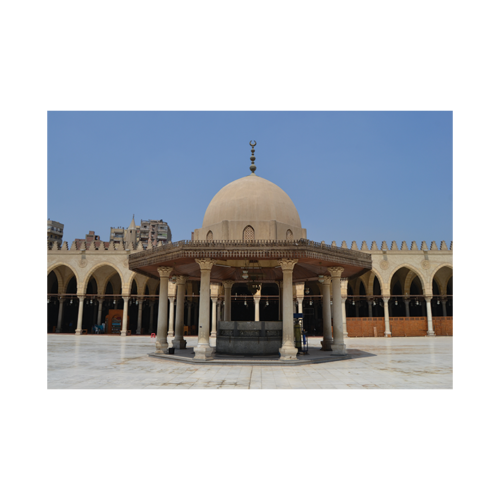
632 - 661 A.D
Rashidun Caliphate
This era was named after the four adult caliphs, and during this period Egypt was conquered by the leader Amr Ibn Al-Aas, who built a new capital for the country, the city of Fustat, on whose ruins the city of Cairo was established 300 years after that to remain the capital of Egypt.
And he established the first great mosque in Egypt in the year 21 A.H.

632 - 661 A.D
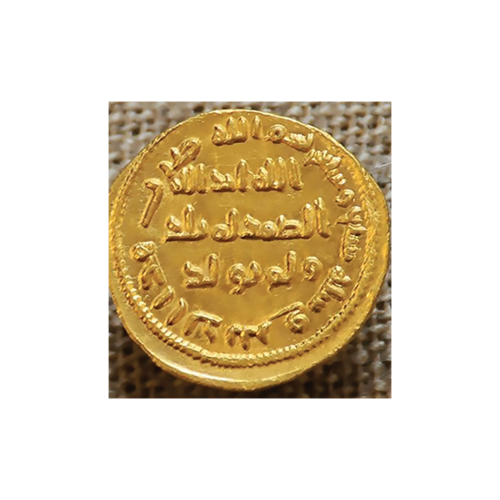
661- 750 A.D
The Umayyad Period
Egypt was one of the states belonging to the Umayyad Caliphate that was founded by Muawiya bin Abi Sufyan Twenty-five wali (ruler) ruled Egypt during that period, the first was Amr ibn al-Aas and the last one was Abd al-Malik bin Marwan. The Arabic language became the official language in all affairs of the state instead of the Coptic language after the ruler, Abdullah bin Abd al-Malik, issued a decision in the year 706 CE, during this period Egypt became the main base for the moving of the Islamic armies towards Africa and then Andalusia.

661- 750 A.D
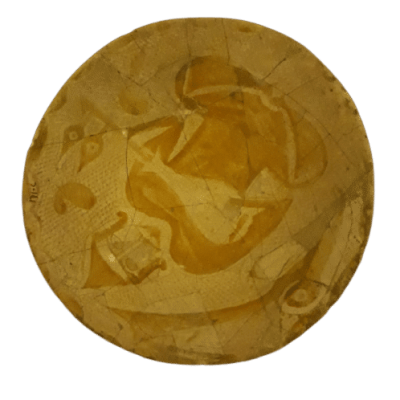
750 - 868 A.D
Abbasid Caliphate
The Abbasid state is attributed to al-Abbas bin Abd al-Muttalib, and it is the third Islamic caliphate in history, founded by Abdullah bin Muhammad, or as it is called (Abu al-Abbas al-Saffah) due to the abundance of blood that was shed during his reign and the Abbasid caliphate is divided into two important periods, the first is the period of prosperity between the years ( 750-1258 AD), which was known as the Golden Age of Islam, but soon ended when the Mongols took the capital Baghdad from the Abbasids and fled to Egypt and the second phase began between (1261 - 1517 AD) and Cairo as their capital in that period.

750 - 868 A.D
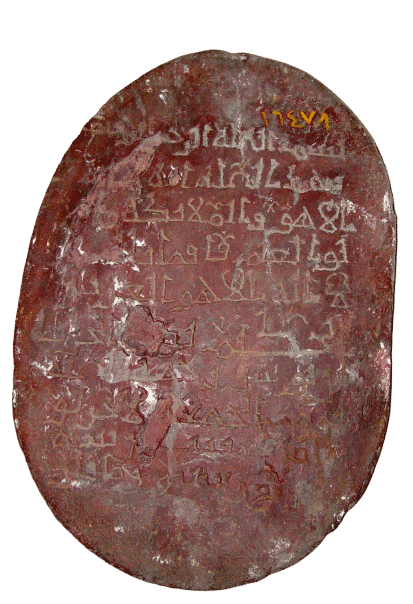
868 - 905 A.D
The Tulunid Period
Ahmad Ibn Tulun established the Tulunid state in Egypt, which later extended towards the Levant, to be the first politically separated state from the Abbasid state to rule Egypt and the Levant.
Ibn Tulun, after his political independence, did not think about religious separation from the caliphate, because in his view and in the eyes of the public, the caliphate represented the continuation of the Islamic unity.
Ahmad Ibn Tulun undertook many economic and cultural reforms, and was the first to establish a new administrative capital for his state north of Fustat in the year (256 AH = 870 AD) known as Al- qata'e
Ahmad Ibn Tulun built his mosque, and the rule of the Tulunids lasted about thirty-five years, and after that came the Ikhshidids.

868 - 905 A.D
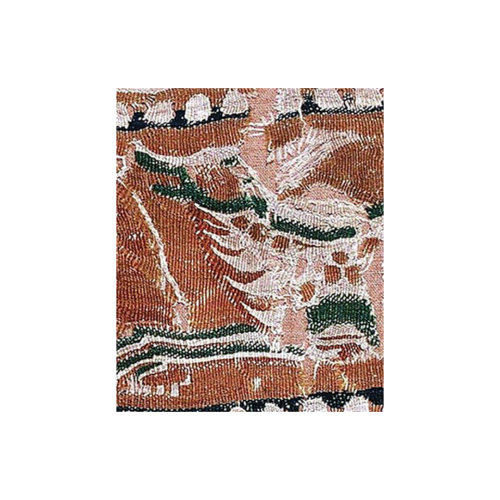
935 - 969 A.D
The Ikhshidid Period
Ikhshidid state It is an Islamic emirate founded by Muhammad ibn Tughj al-Ikhshid in Egypt and extended to the Levant and Hijaz, after the Abbasid Caliph Al-Radi was appoihinted him to the state of Egypt and gave him with the title of Al- Ikhshid. The economic situation flourished, such as industry, commerce and agriculture in this period.

935 - 969 A.D
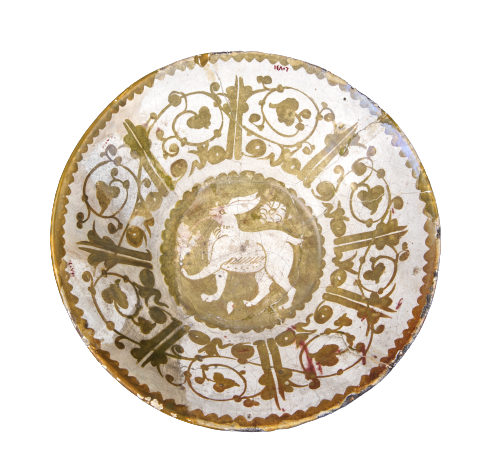
969 - 1171 A.D
Fatimid Period
In 969 A.D. the leader Jawhar al-Saqli entered Egypt, by order of the fourth Fatimid caliph al-Muizz Li Din Allah, Cairo the capital of the country was established with the Al-Azhar Mosque, and his minister, Badr al-Jamali, was assigned to build a large wall with huge gates surrounding the capital.
Egypt in this period became a civilized radiation center for the Islamic world, and both Fustat and Faiyum had a distinguished position in the production of pottery with metallic luster stamped with signatures of craftsmen. Other industries flourished, such as crystal, metals, wood, and style weaving.

969 - 1171 A.D

1171 - 1250 A.D
Ayyubid Dynasty
The Ayyubid state was established in Egypt during the reign of Salah al-Din al-Ayyubi, who ended the Fatimid Shi’ite sect and restored the Sunni doctrine in Egypt and the Levant. Egypt reached the height of its prosperity in the war field, and an army Diwan was established in Egypt, as well as its commercial relations with Genoa, Venice and Pisa flourished After the death of Salah al-Din, the Ayyubid state weakened due to the differences that appeared between the rulers and also because of the Crusades (the campaign of Louis IX). The end of the state came after the death of the king Al-Salih Ayyub, when his wife Shajar al-Durr conspired with Mamluks Bahri to the killing of his son Turan Shah, the last king of the Ayyubids.

1171 - 1250 A.D
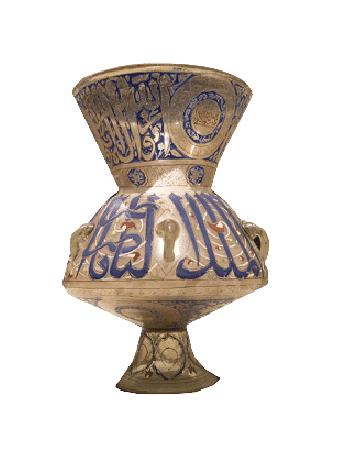
1250- 1517 A.D
The Mamluk in Egypt
The Mamluk period began in Egypt after the death of the Ayyubid Sultan in 1250 AD. Their state was known as the Mamelukes, in reference to the word Mamluk, which means slave in Arabic, because they were slaves, most of them came from Turkish or Caucasian origins. The Mamluk Sultans in Egypt are two successive teams, the Mamluk Sultans, Bahri, and Mamluk Sultans (Circassian). The state of the Mamluks was known for the large number of sultans who ruled it and the short period of their rule, and it witnessed many coups and military upheavals. However, they built many mosques and schools of the four sects, and they also defeated the attacks of the Mongols. During their reign, Egypt flourished in architecture and arts, especially enameled and gilded glass, inlaid metalwork woodwork, and textiles

1250- 1517 A.D
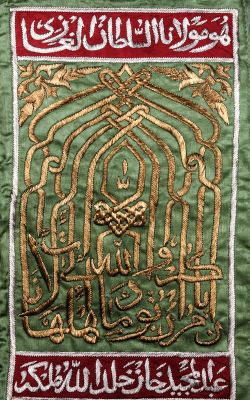
1517- 1805 A.D
The Ottoman Period
Egypt became a state-affiliated with the Ottoman rule after Sultan Selim the first defeated the Sultan Toman Bay the Sultan of Mamluks at the Battle of Ridania in 1517 AD, and Egypt remained under the Ottoman rule for a long period that lasted about three centuries and was interrupted for a period until the beginning of the French campaign against Egypt in (1798-1801 AD), then Ottoman rule returned again until 1805 AD. This period did not witness any political developments in Egypt except for conflicts and strife between the Mamluks and the Ottoman governors.

1517- 1805 A.D
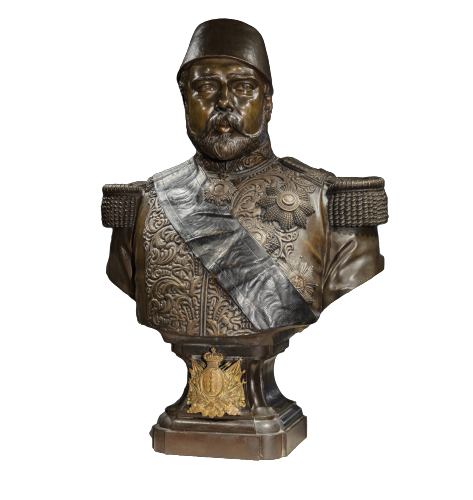
1805 - 1953 A.D
Mohamed Ali’ Dynasty
The modern history of Egypt began with the mandate of Muhammad Ali Pasha, the rule of Egypt under the decree of the Ottoman caliph in 1805 AD until 1867 AD, then it became Khedive from 1867 until 1914 AD, then Sultanate from 1914 until 1922, then a kingdom from 1922 until 1953 AD And the rule of the Alawite family ended with the revolution and Egypt turned into a republic, Egypt was a strong country during the rule of Muhammad Ali Pasha, and therefore he is called the founder of modern Egypt because of his prominent and important role in the work of reform and development in Egypt, and he has many achievements in all aspects of economic, political, scientific and military life, as well as the advancement. In industry, agriculture and trade, he established many factories and used foreign expertise, sent scientific missions abroad, developed roads, transportation and land and sea transportation, and armed the army and fleet. He followed his approach from behind him from his sons and grandchildren, and Egypt witnessed during their reign a great transformation and development.

1805 - 1953 A.D

Egyptian Heritage
The Heritage represents the customs, traditions, and social mores, and what they express in terms of opinions and ideas passed on from generation to generation, and it is a continuation of popular folklore such as folk tales, poems and songs, folk fairy stories, heroic stories, myths, that includes arts and crafts, types of dance and play, and songs Children's poetic tales, prevalent proverbs and riddles, and festivals religious celebrations.
Tradition and material culture are used to reconstruct the ancient historical periods of nations and peoples, for which there is only scattered little evidence, and are also used to highlight the national identity and reveal its features.
The Egyptian carries his heritage and history, as the Egyptian personality is the result of a unique cultural interchange, a unique civilized contribution, and extended history, in which Egypt communicated with others and produced the traditional Egyptian personality that raised from its different streets, alleys, and regions, and produced its uniqueness and genius that emerged through all forms of traditional arts that Egypt flourished in it.

